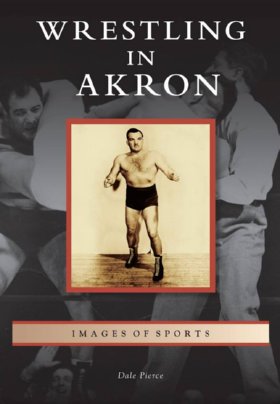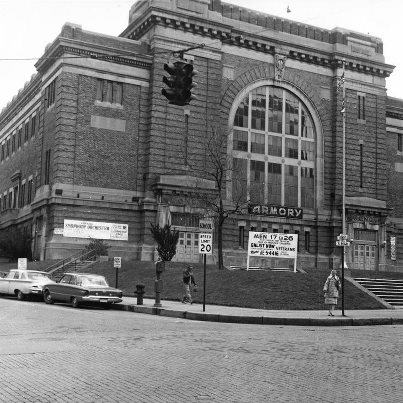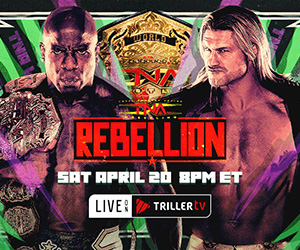For those of us old school wrestling fans who grew up and had the pleasure to experience professional wrestling’s Golden Era in the 1950s, ’60s and early ’70s, we are always yearning to go back to the days of our youth and relive our greatest memories from a time when “Wrestling was Real.”

A time when there was no such nonsense as “Sports Entertainment.” It was Wrestling — with a capital W! The only way to experience the sights and sounds from those glory days is to seek out archival videos on YouTube, dig out your old magazines or programs from your collection, or support those who are researching and publishing wrestling’s vast history.
In the old days of wrestling, when promoters across the country had their own slice of the pie, a territory may have consisted of a single state or even a number of states. Each territory was also broken down into the number of cities that were run within that particular promotion.
Author Dale Pierce has released a very unique look into one of the smaller towns within a territory that may not exactly have been considered the biggest city but very important in the realm of the promotion. His book, Wrestling In Akron, brings to us a fan’s perspective on how important even the smallest city means to the history of not only a territory, but also, to the world of professional wrestling.
The 128 pages are jam-packed with plenty of photos, autographs, programs and short captions that makes you feel as if Mr. Pierce is reading you a story. Besides all things wrestling, Dale also gives kudos to the city of Akron, Ohio, itself, with many historical photos of the town and the people who make it such a wonderful place to call home. From Lou Thesz to The Sheik, from Schmidt, Martinez and Powers to Sammartino, DeNucci and Firpo, they and many other heroes of the past are memorialized within its pages.
The book is broken down into four specific sections: The Early Years, The Armory Era, After the Armory and The Amateurs. The Early Years features many images of the stars and places where they performed their craft. Wrestling was held at the Eagles Lodge and the East Market Garden prior to the arena that wrestling in Akron was most known for, The Armory. Fashioned after many large structures from its era, The Armory was a giant brick building built in 1918. Housing many sporting and civic events over the years, The Armory was famously known for hosting professional wrestling by many different promoters and promotions throughout its history, most notably The Sheik’s Big Time Wrestling. It was one of those venues that I remember in its heyday for being hot and sweaty in the summertime, yet lovingly had the classic aroma of cigarette butts and hot dog water permeating between its walls that echoed the cheers and jeers of its attending fans like any other arena in the country.
Dale focuses his attention on many of the stars of the Golden Era, with rare images of Dr. Jerry Graham, Chris Colt, and Tuffy Truesdale and his Wrestling Bear.
“The book took some months to complete as I had to dig out and try to recall the data on many old negatives I had stored away in a box,” Pierce recalled. “Plus trying to decide who to put in and what to say.”

The Akron Armory.
Besides the wrestlers themselves, he has also included candid shots of the fans, photographers, ring truck crew and even a photo of his father holding his winning prize he won via the lucky number program that was sold in the venue. What I love is the way he has interwoven many of the slick professional photographs with plenty of his own, which have a regular fan feel to them. Guys walking to the ring, standing by the dressing room and capturing the action from his ringside seat gives the book a nostalgic look back to when I was a fan observing from the edge of my seat.
Sensing that all good things must come to an end, the author tells of the final demise of the old barn when it was razed in 1982. The book continues to keep the great tradition of wrestling alive via today’s independent scene, with bylines and photos of its current crop of local stars. The final chapter gives credit to the city’s fine crop of amateur athletes and those who make their mark grooming these future stars.
I feel this book will mostly appeal to those who remember when wrestling was real. There are no sports entertainers, no juicy gossip, no trash talking, no merchandise for sale. For those young fans who want to learn the history of this business, I highly suggest this read as part of your learning curve. For those of us who love the good old days of wrestling and our many heroes that came through our towns week after week, Wrestling In Akron would be a perfect fit in your back pocket like Opie Taylor going down to the watering hole. Nostalgia and memories galore.



